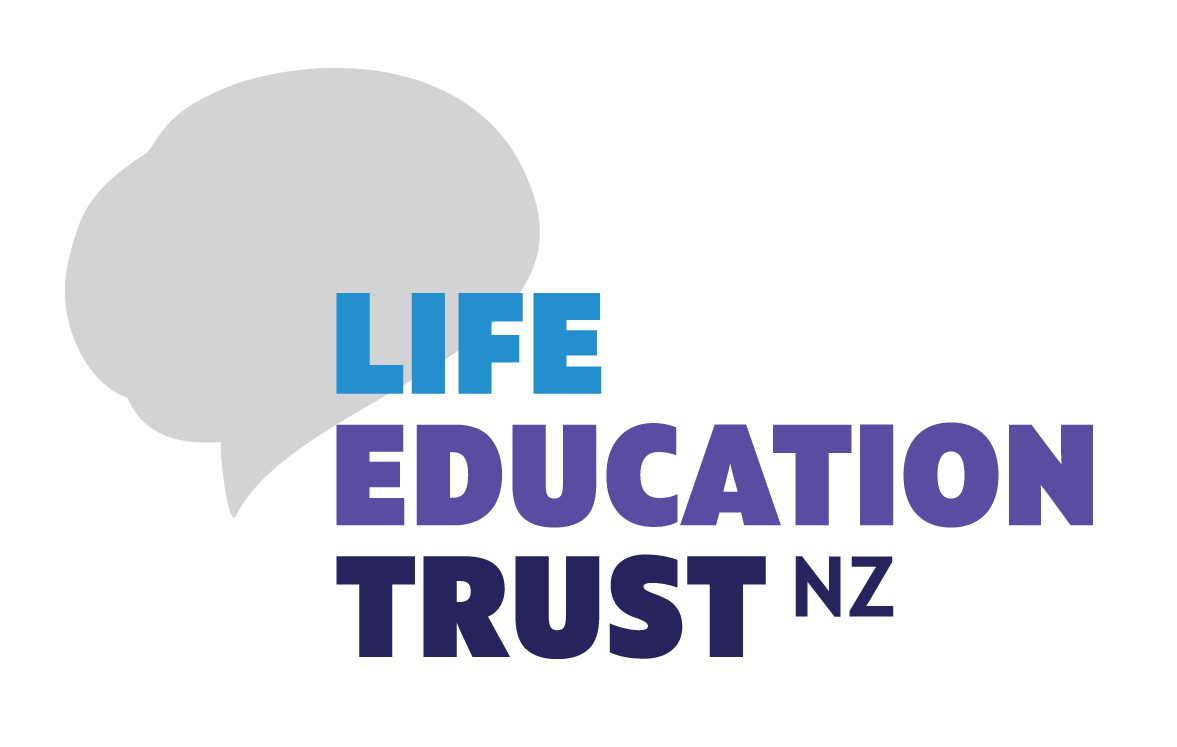Was it something I ate? Basic Food Safety
Summary
When someone gets sick from eating food that contains a lot of harmful micro-organisms – or the nasty substances (“toxins”) they make – we say they have a ‘foodborne illness”. Bacteria, fungi, viruses and parasites are most commonly involved. Some raw foods, like taro, may also contain natural toxins; they must be soaked, cooked or chilled to make them safe to eat.
We can help stay safe and healthy by remembering the “Three Cs”: Clean, Cook, Chill. This means washing our food, hands and kitchens to keep them clean; and covering food so bad things can’t get into it. It means cooking food like meat, fish, and certain vegetables properly, all the way through. And it means storing foods like meat, shellfish, fish, dairy, and cooked rice a cold fridge (or using a chilly bin if we’re outdoors).
What causes foodborne illnesses?
Most foodborne illnesses are caused by tiny micro-organisms (called pathogens) in our food or water. Common ones include bacteria like E. coli, Campylobacter, Clostridium, Salmonella, Yersinia, and Listeria, viruses like hepatitis A and norovirus, and parasites like Giardia and Cryptosporidium. Fungi and other environmental contaminants (substances that make food unhealthy) can also get into food and make people sick. Foods at a higher risk of contamination include meat, chicken, fish, milk products, rice and legumes (beans, peas and their sprouts). There are also natural toxins in certain foods like taro and some beans that need to be destroyed by soaking, boiling or chilling.
How can we avoid getting ill?
There are three simple but highly effective things we can do around food and its preparation if we want to stay safe and healthy: Clean, Cook and Chill.
Clean
- It’s important not only to wash our hands before handling food but also to keep the surfaces on which we prepare and eat it clean – especially when using raw meat and chicken as they can contain high levels of Campylobacter and Salmonella.
- Wash gathered foods like watercress and pūhā, and home-grown or bought fruit and vegetables to remove many pathogens and contaminants (like sprays and chemicals).
- Check health warnings, council alerts and beach signs before gathering kai moana as they can be spoiled by human waste, toxins, and algal blooms.
- Cover food in the fridge or outdoors to protect it from contamination.
Cook
- Cook foods (like meat, legumes, fish) thoroughly as this kills most harmful bacteria.
- Defrost frozen foods thoroughly before cooking so they’ll cook right through. (Some packaged foods can be cooked from frozen but you must follow their instructions.)
- Refrigerate or freeze leftovers within 2 hours; reheat to a steaming hot 75 ⁰C plus.
- Keep raw and cooked foods separate at all times so they can’t pass on germs.
- Soak and thoroughly cook veges like taro or dry pulses to get rid of natural toxins.
- Boil or cook frozen foods like berries at 85 ⁰C for 1 min to kill the hepatitis A virus.
Chill
- Make sure your fridge is working at a temperature of between 2 and 4 ⁰Cthis will stop or slow the growth of most moulds and bacteria. Home freezers should generally operate at or below -18 ⁰C (iceboxes are often warmer at up to -6 ⁰C ).
- If you’re outdoors for a long time try to keep food cool with a chilly bin or ice pack.
- Don’t leave most food out for over 2 hrs: bacteria multiply fast at room temperature.
- Keep fish like mackerel, kahawai, tuna, kingfish chilled before cooking: as their flesh breaks down it releases substances that can cause a food poisoning with allergy-like symptoms (signs).
Now you have read the Fact Sheet give Harold's Quiz a try!
References
Ministry for Primary Industries, 8 June 2016. “Is it Safe to Eat?” Retrieved from: http://www.mpi.govt.nz/food-safety/food-safety-for-consumers/is-it-safe-to-eat/ 25 September 2017.
Ministry for Primary Industries, 9 September 2017. “Tips for Food Safety” Retrieved from: http://www.mpi.govt.nz/food-safety/food-safety-for-consumers/tips-for-food-safety/ 19 September 2017.
Ministry for Primary Industries, July 2017. “Foodborne Disease in New Zealand 2016”. MPI Technical Paper No 2017/46. Retrieved from: http://www.foodsafety.govt.nz/science-risk/human-health-surveillance/foodborne-disease-annual-reports.html 25 September 2017.
Ministry of Health, July 2012. “Food and Nutrition Guidelines for Healthy Children and Young People (Aged 2–18 years): a Background Paper. Partial Revision February 2015.” Retrieved from: http://www.health.govt.nz/system/files/documents/publications/food-nutrition-guidelines-healthy-children-young-people-background-paper-feb15-v2.pdf 19 September 2017.
Ministry of Health, October 2015. “Eating and Activity Guidelines for Healthy Adults. Retrieved from: http://www.health.govt.nz/system/files/documents/publications/eating-activity-guidelines-for-new-zealand-adults-oct15_0.pdf 18 September 2017.
Useful links
Food Standards Australia New Zealand, n.d. “Use By and Best before Dates”. Retrieved from: http://www.foodstandards.govt.nz/consumer/information/pages/howtoreadfoodlabels/usebyandbestbeforedatesaus/Default.aspx 19 September 2017.
Ministry for Primary Industries, NZ, “Food Recalls”. http://www.mpi.govt.nz/food-safety/food-safety-for-consumers/food-recalls/
Ministry for Primary Industries, NZ, “Food Safety Resources for Teachers”. Retrieved from: http://www.mpi.govt.nz/food-safety/food-safety-for-consumers/tips-for-food-safety/food-safety-resources-for-teachers/
